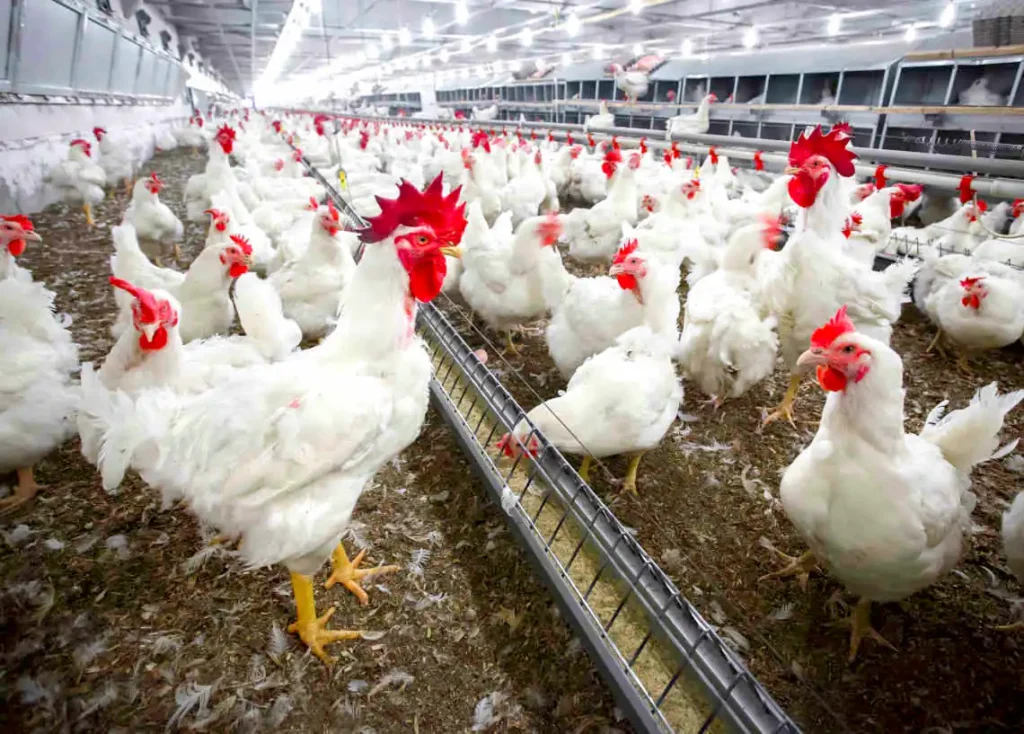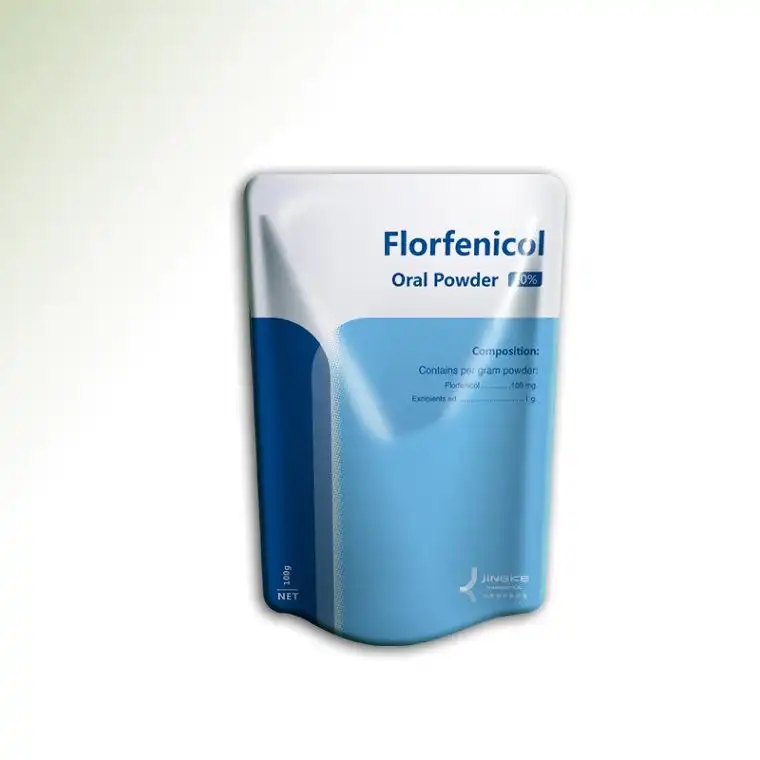Among the numerous drugs for the prevention and treatment of respiratory diseases in poultry, amphenicols like florfenicol, tetracyclines like doxycycline (referred to as “strong tetracycline” in the original text, here translated as doxycycline for clarity), and macrolides like tiamulin are known as the “three major respiratory drugs” for poultry.

Besides these, there are also quinolones like enrofloxacin and ciprofloxacin, and the aminoglycoside/lincosamide combination “Linco-Spectin” (referred to as “利高霉素” in the original text). However, their applications are sometimes “restricted” due to their limitations. For example, many food animal farms prohibit the use of quinolones, and Linco-Spectin is only guaranteed to be effective when injected, etc.
Florfenicol
Mentioning florfenicol products, they are almost ubiquitous in grassroots veterinary drug stores and are also commonly used in major breeding companies. Undoubtedly, everyone knows that the most prominent clinical therapeutic value of using florfenicol alone is for the treatment of respiratory system diseases in livestock and poultry.
However, the other application values of florfenicol products in animal breeding production have been rarely explored over the years. This is a pity and deserves the attention of frontline veterinarians in drug application research and practice.
What people get from professional drug and pharmacology books is the theoretical drug and pharmacological knowledge of florfenicol. What the majority of grassroots veterinarians truly need is the clinical application-related pharmacological knowledge of florfenicol. This is currently the biggest obstacle to the correct use of florfenicol products! Currently, only human medicine has professional books in this area, while there are no such professional books in the research of animal drug and pharmacological applications!
Florfenicol is a third-generation amphenicol animal-specific antibacterial and anti-mycoplasmal drug. At normal dosages, it is bacteriostatic; at high concentrations, it exhibits bactericidal effects.
It is highly sensitive to Mannheimia haemolytica, Pasteurella multocida, Actinobacillus pleuropneumoniae, and Haemophilus spp. that cause respiratory diseases, and also has good effects on Escherichia coli, Salmonella spp., Proteus spp., and Mycoplasma spp.. Combining it with tiamulin, colistin sulfate, neomycin sulfate, apramycin sulfate, and doxycycline hydrochloride (i.e., strong tetracycline) can further enhance the treatment effect.
Tiamulin
Tiamulin has strong antibacterial activity, excellent pharmacokinetic characteristics, and can also improve the animal’s immunity. Furthermore, recent studies have shown that tiamulin also has antiviral effects in the prevention and control of certain pig diseases.
Moreover, it has no cross-resistance with other commonly used antibiotics in clinical practice and has achieved significant effects in the clinical treatment of various animal diseases. Compared with tylosin, it requires a lower dosage, has a longer duration of action, fewer side effects, lower tissue residues, and is safe and non-toxic. It is an economical, safe, and effective common antibacterial and growth-promoting veterinary drug for livestock and poultry. In the current situation of complex and atypical animal diseases, it brings new ideas and methods for clinical medication.
Therefore, tiamulin will play a more important role in the control of livestock and poultry diseases in the future and has broad application prospects.
Tiamulin is a macrolide broad-spectrum antibiotic with activity against mycoplasma and some Gram-positive bacteria. It is currently one of the best drugs in veterinary clinical treatment for its specificity and strength against mycoplasma.
Due to its strong irritant effect on the oral taste buds and gastric mucosa of livestock and poultry, the time it takes for it to be orally absorbed into the body is prolonged, and some animals may even exhibit varying degrees of poor palatability during use. This affects the efficacy of tiamulin. Clinical combination with doxycycline, colistin sulfate, and aminoglycoside drugs can achieve better and higher therapeutic effects.
Doxycycline (Strong Tetracycline)
Doxycycline (i.e., doxycycline hydrochloride, same as above) belongs to the tetracycline class of broad-spectrum antibiotics. It not only has good therapeutic effects on Escherichia coli, Salmonella spp., Ornithobacterium rhinotracheale, various Pasteurella spp., and Streptococcus spp., but it also has very good safety for the body.
In particular, its broader antibacterial and anti-mycoplasmal activity, coupled with its high lipid solubility, allows it to have excellent penetration and permeability in organs and tissues such as the trachea, bronchi, alveoli, and air sacs of poultry. Very few drugs have this characteristic, which is why it remains widely used.
Florfenicol + Doxycycline (Strong Tetracycline)
This formula is very common, but do you know the optimal ratio that can multiply the drug’s efficacy? So, what is the correct ratio of doxycycline? The correct ratio of doxycycline to florfenicol is 2:1. Everyone must follow this ratio when preparing the medication, otherwise, the effect will not be achieved.
Specific calculation method: First calculate the dosage of doxycycline, and then divide the dosage of doxycycline by 2 to get the dosage of florfenicol.
Specific dosage: When used for treatment, 1 gram of doxycycline should be mixed with about 10 catties (approximately 5 kg) of water. Calculate the dosage according to this ratio, otherwise the effect will be very poor. Why increase the dosage here? Here’s a piece of knowledge for everyone: all tetracycline drugs should be used at increased dosages during their use.



